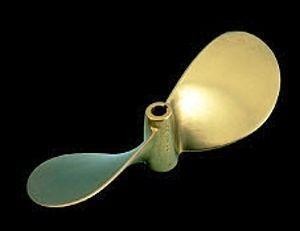Kgatesma -- unless I'm mistaken, that's not a stuffing box. It's a shaft seal.
Assuming you don't have a bent shaft or a misaligned engine, etc. , it's usual for there to be a few "drops" of water to be emitted by the shaft seal as it starts to spin. On our J/Boat (19 years ago when we got her) we had a flexible, clear plastic shield installed because we noticed on other boats a line of corrosion on metal parts in a various other boats' engine rooms where the sea water had created a line orthogonal to the shaft. It was subtle, but consistent on a variety of manufacturer's boats. The seawater usually just evaporated, but anyway....
Your boat doesn't have a vibration isolation fitting between the engine and the shaft, so you have more vibration at start-up or from use.
Do you have a feathering or folding prop on your Hunter? If not, then you may have a shaft that turns constantly.


